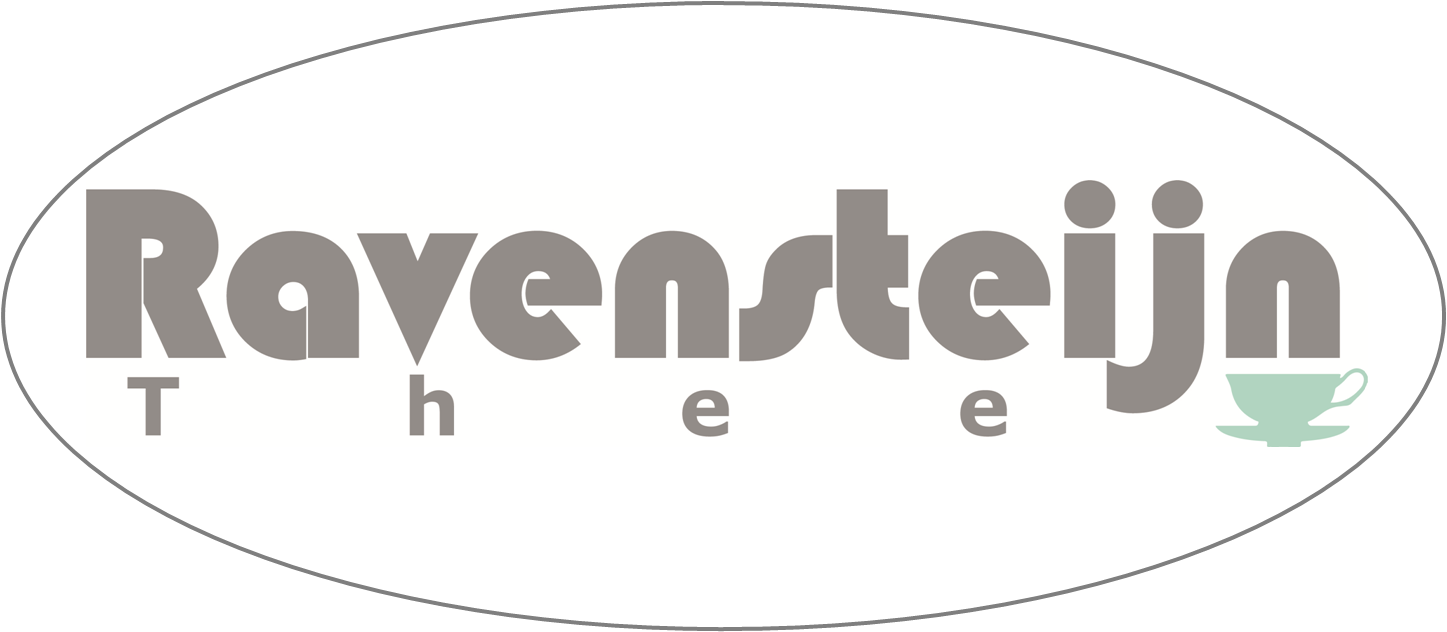Production of Nanbu ironware has started around the middle of the 17th century. The Nanbu family, ruling the current northern part of Iwate prefecture, built Morioka castle and invited imoji and kamashi artisans from places such as Kyoto to have them make Buddhist altar articles, armor, and tea ceremony kettles.
Traditionally the Tetsubin tea kettle was placed over charcoal to heat the water, used in the Japanese art of chanoyu.
Tetsubin were often elaborately decorated with traditional relief designs on the outside.
The Nanbu 'tekki' iron kettle was originally made as a smaller version of the Tetsubin tea kettle from the 18th century.
The teapot is glazed with enamel on the inside to make it more practical for tea brewing . The Japanese call these teapots 'tetsukyūsu' (鉄急須), iron teapot.
Since 1975 Nanbu ironware is certified as a Traditional Craftwork of Japan.
The Japanese cast iron teapot is an outstanding teapot with ancient roots dating back to the 1600's.
Theepotten / Gietijzer / ROJI Japan
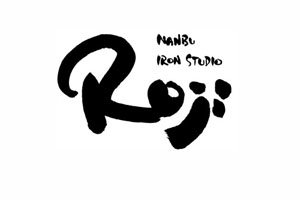
Handcrafted by Nanbu Iron Studio, Tokio Japan
Bezig met laden...
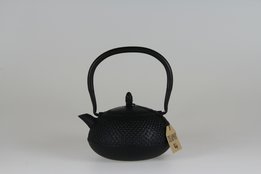
Roji Teapot Arare Black 0,3l
€ 89,00
p/stuk
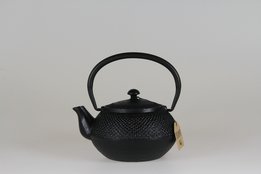
Roji Teapot Arare Black 0,4l
€ 119,00
p/stuk
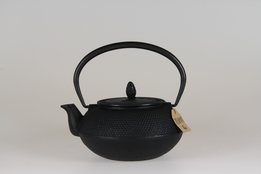
Roji Teapot Arare Black 0,6l
€ 129,00
p/stuk
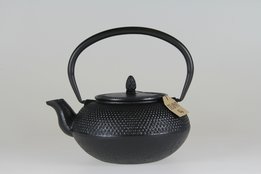
Roji Teapot Arare Black 0,9l
€ 169,00
p/stuk
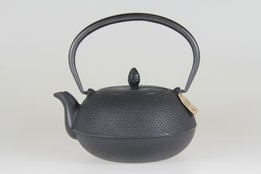
Roji Teapot Arare Black 1,2l
€ 249,00
p/stuk
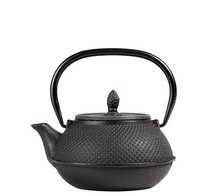
Roji Teapot Arare Black-L 0,3l
€ 99,00
p/stuk
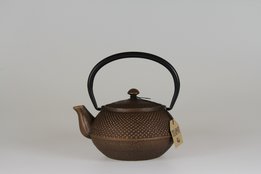
Roji Teapot Arare Brown Gold 0,4l
€ 119,00
p/stuk
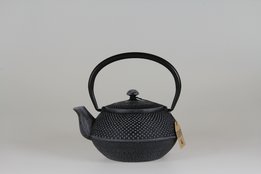
Roji Teapot Arare Grey 0,4l
€ 119,00
p/stuk
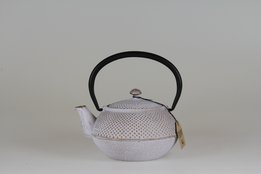
Roji Teapot Arare White on Gold 0,4l
€ 119,00
p/stuk
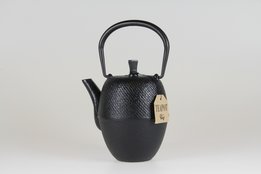
Roji Teapot Barrel Hakeme Black 0,4l
€ 129,00
p/stuk
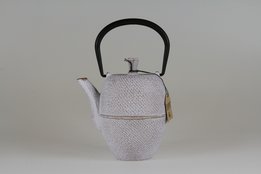
Roji Teapot Barrel Hakeme White on Gold 0,4l
€ 129,00
p/stuk
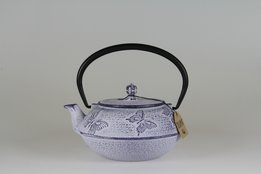
Roji Teapot Butterfly White on Cobalt Blue 0,6l
€ 139,00
p/stuk
